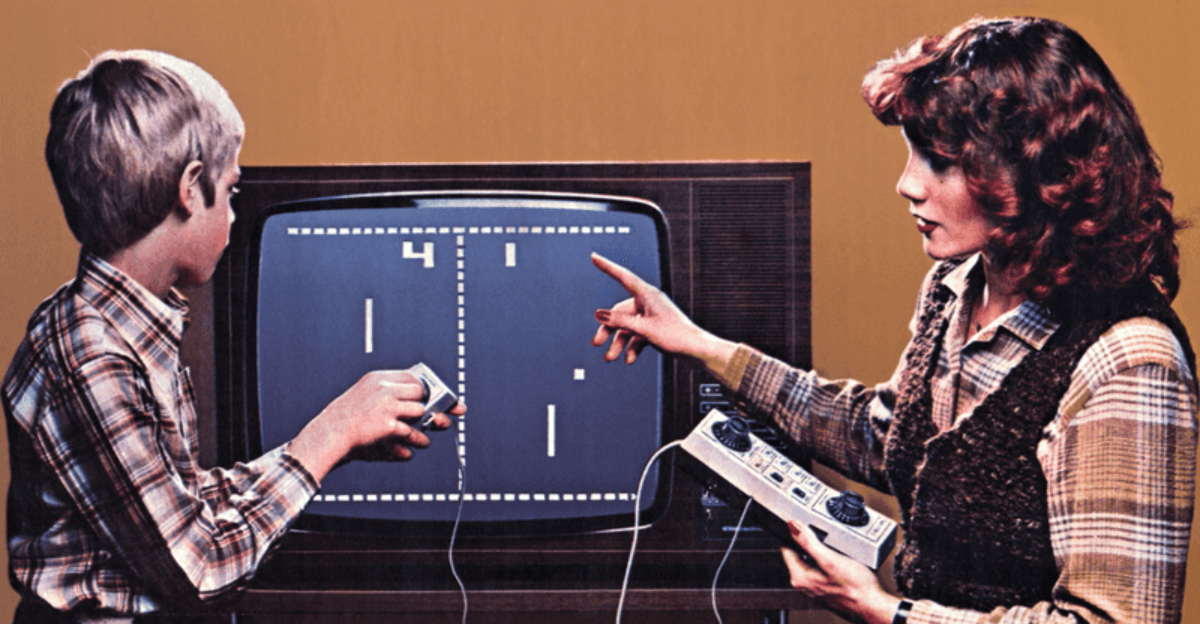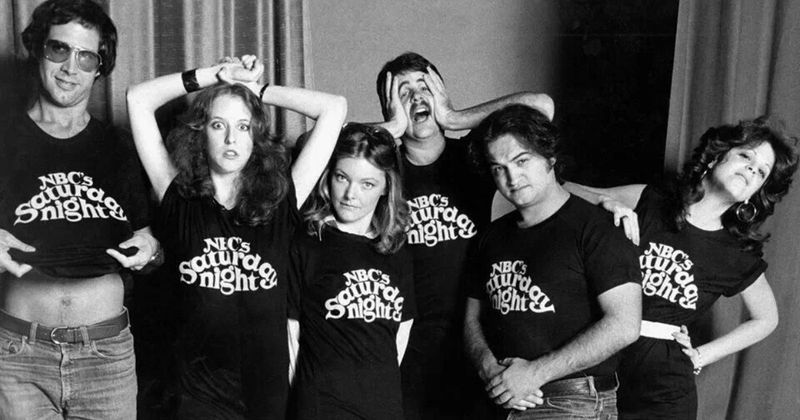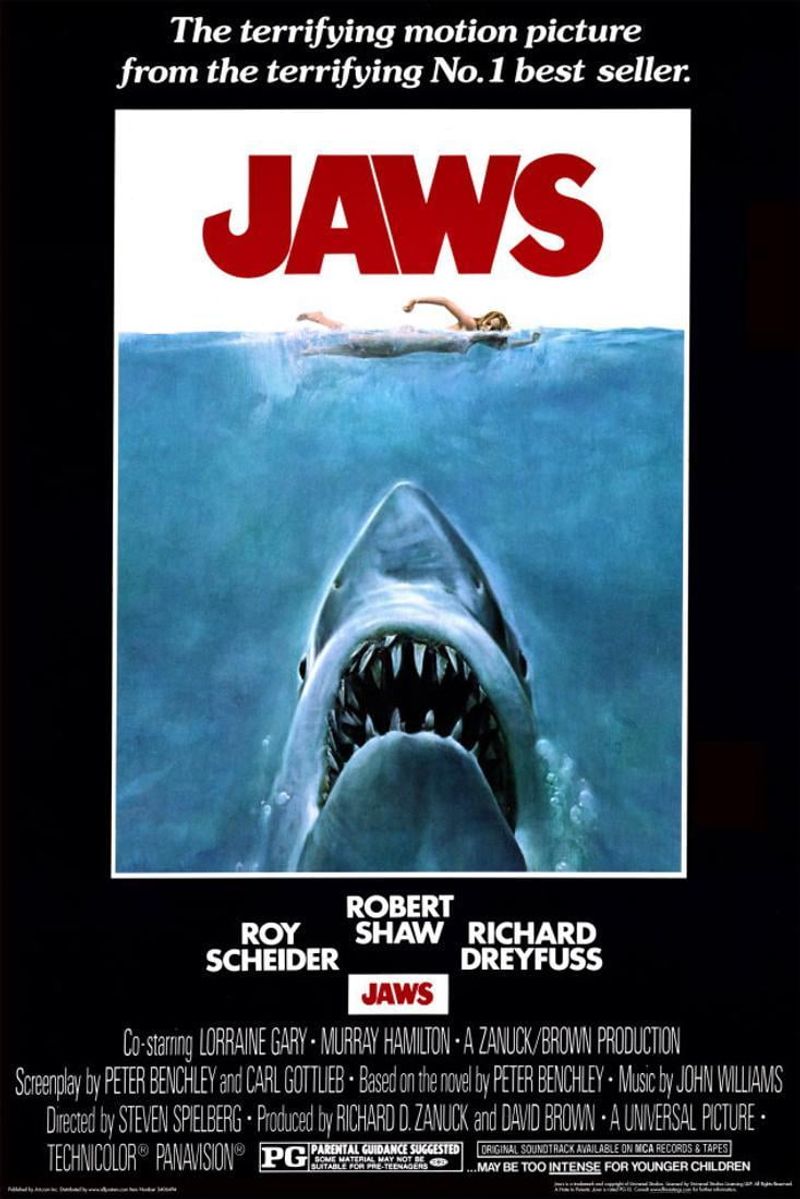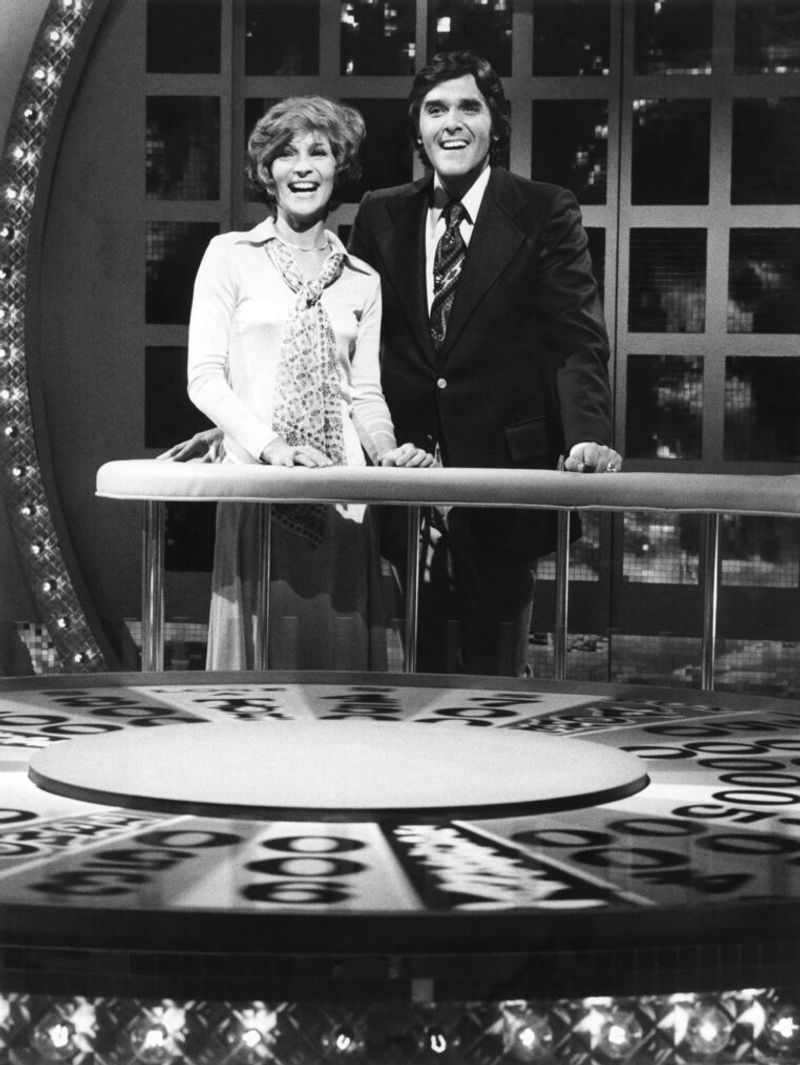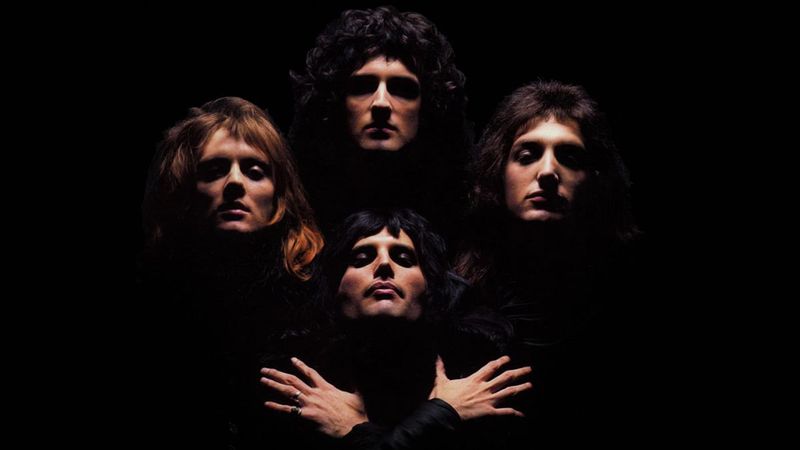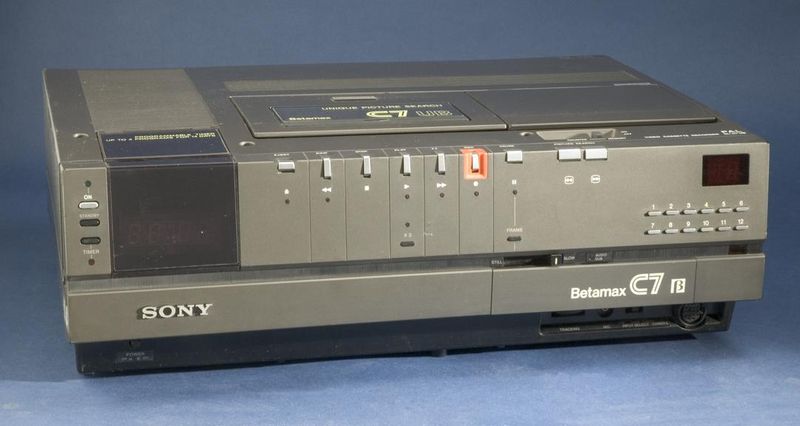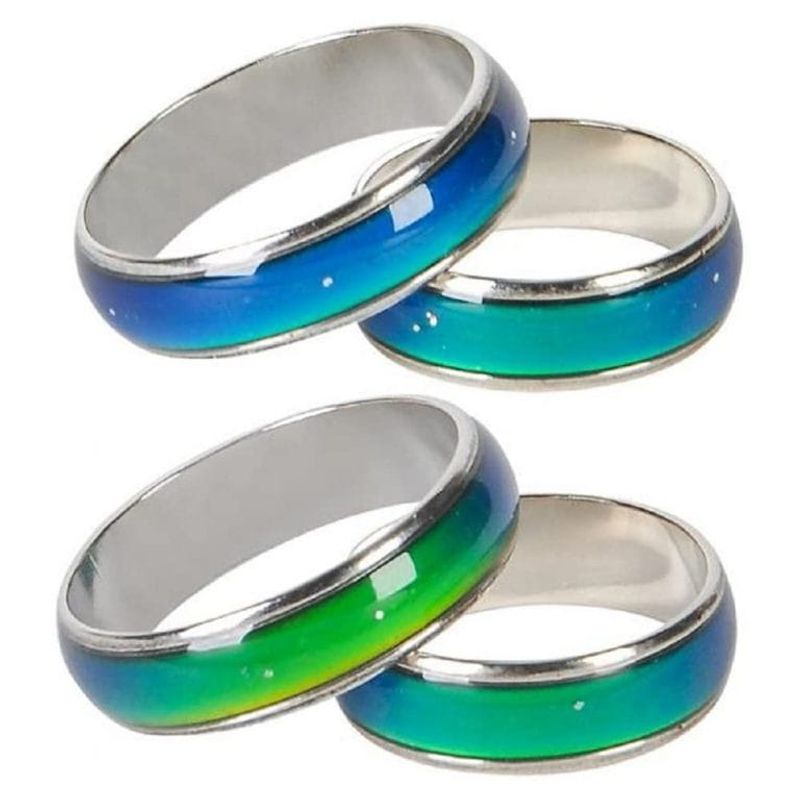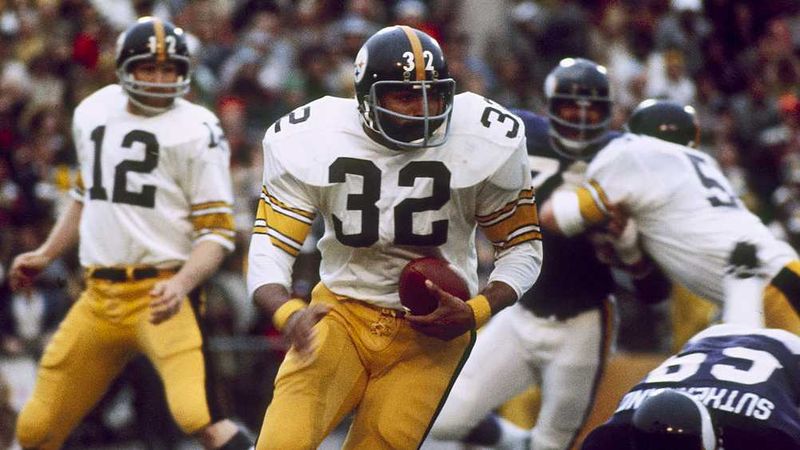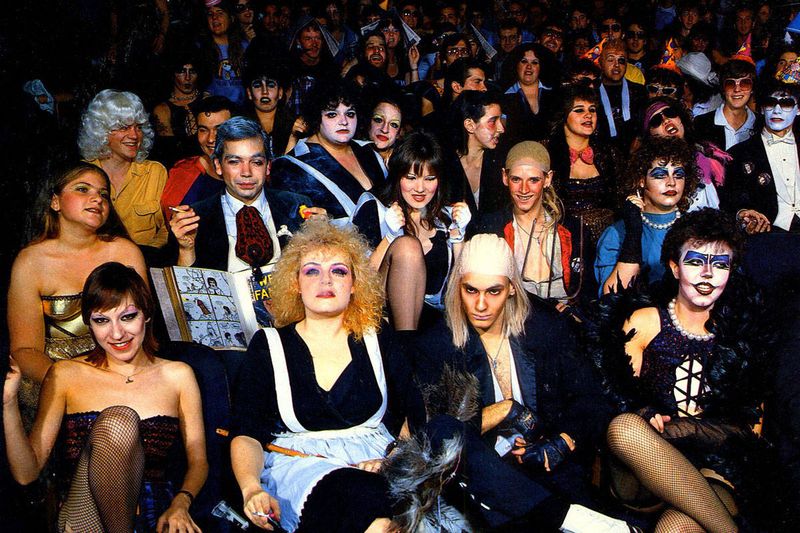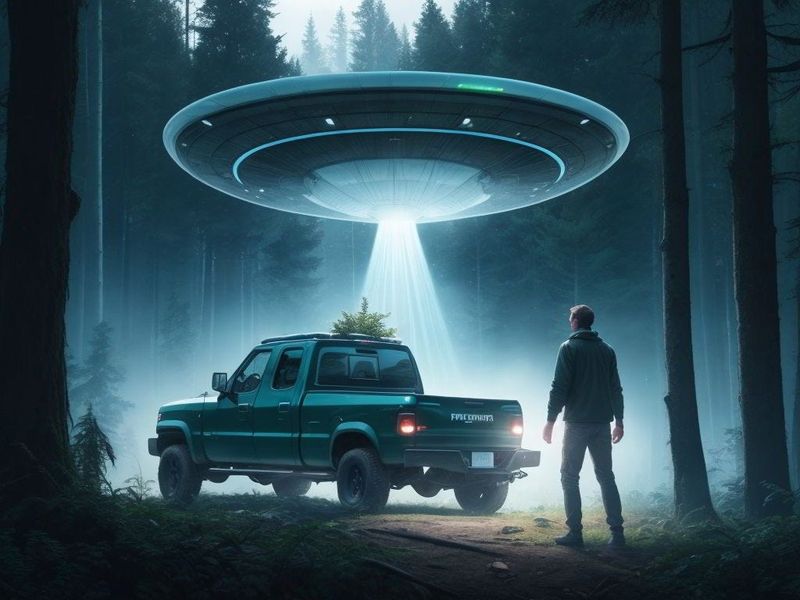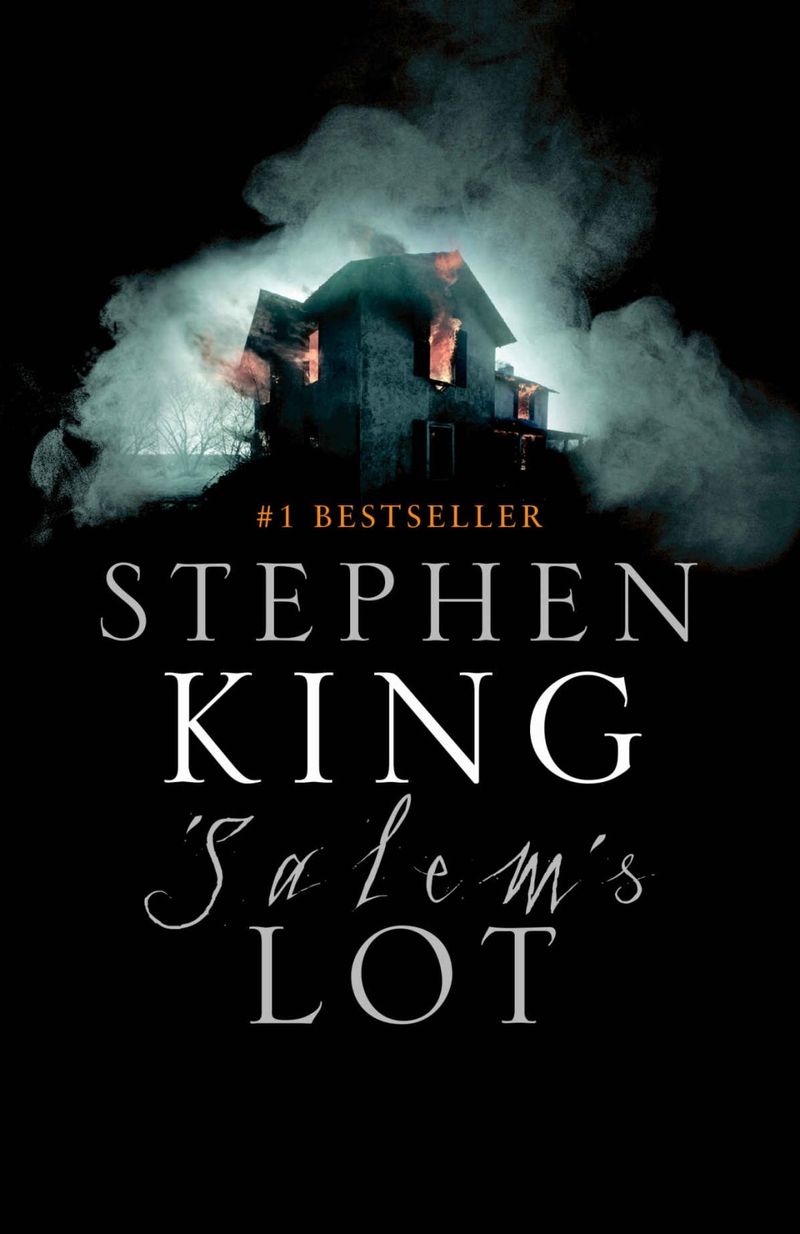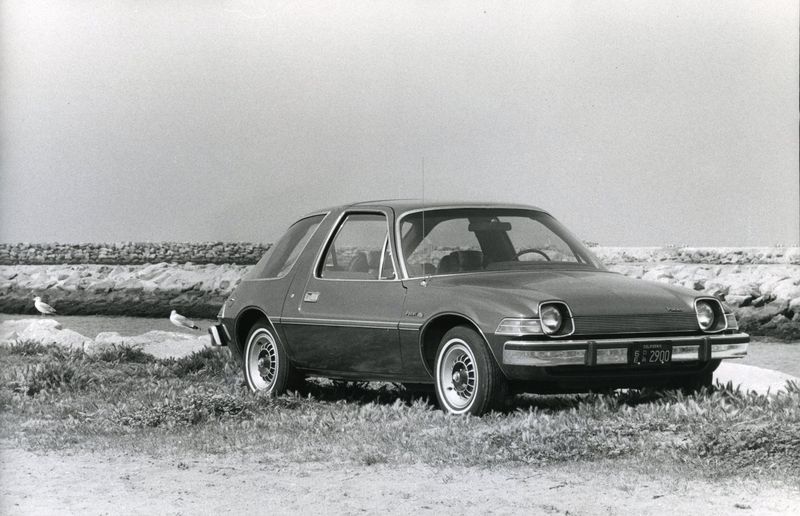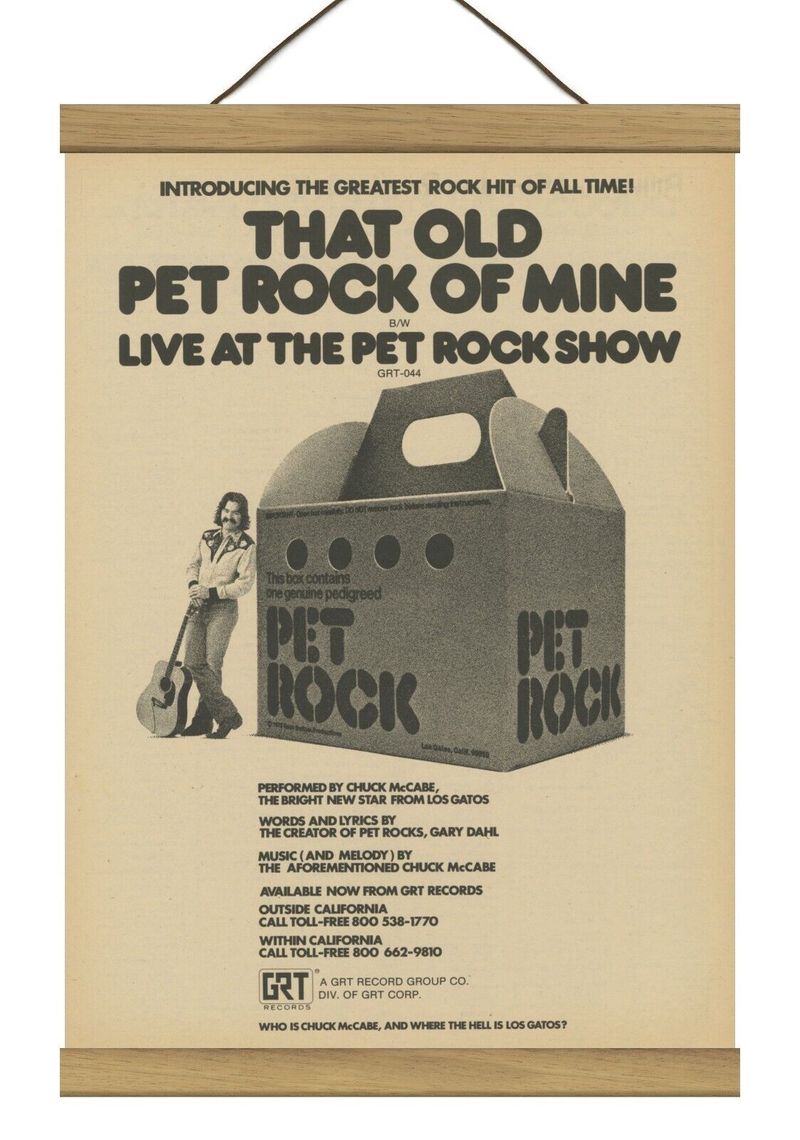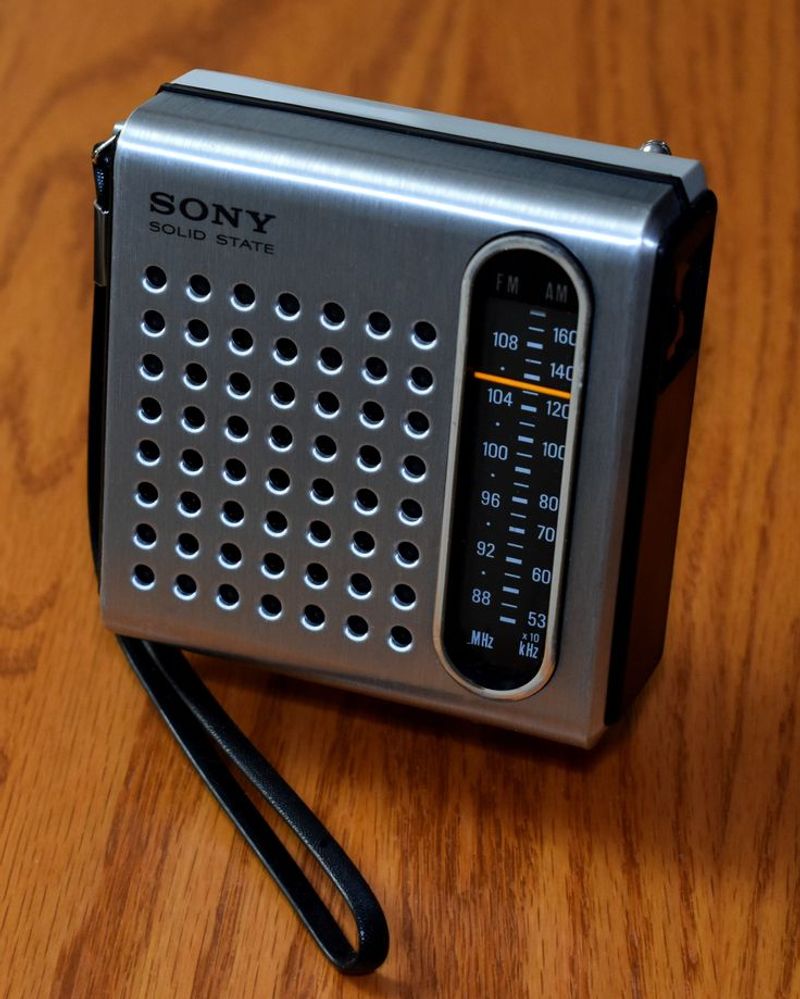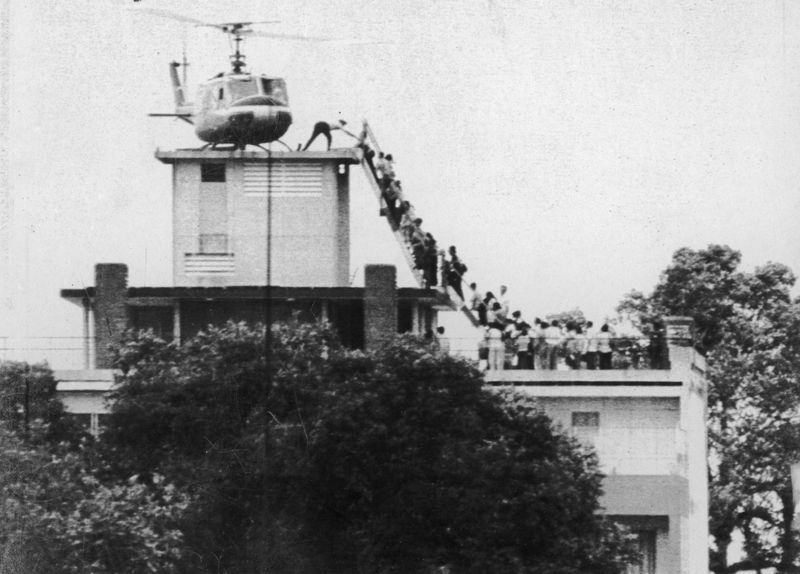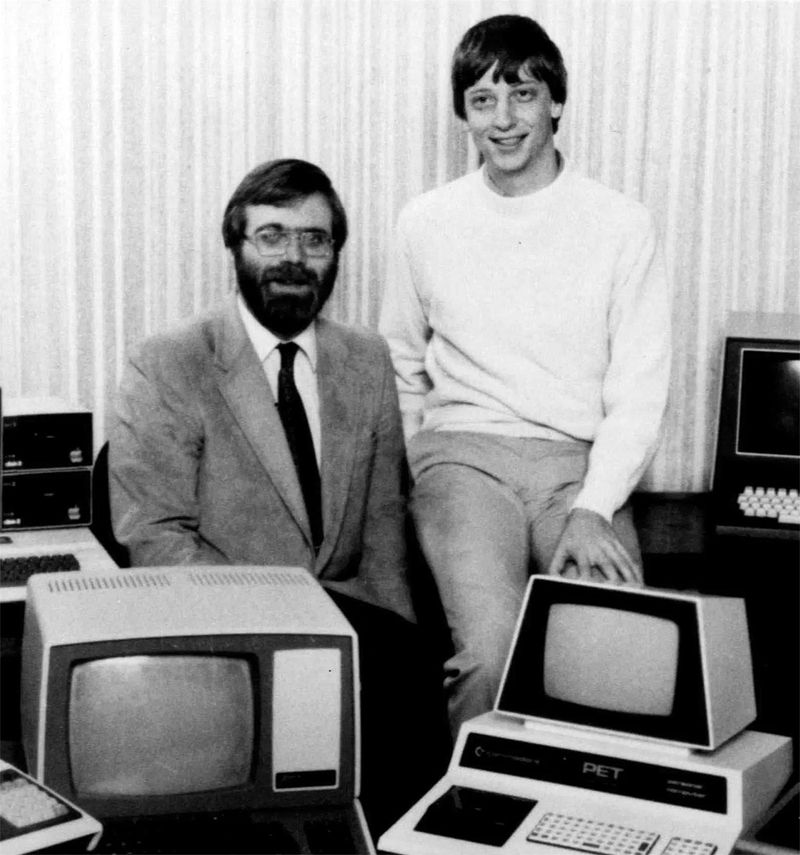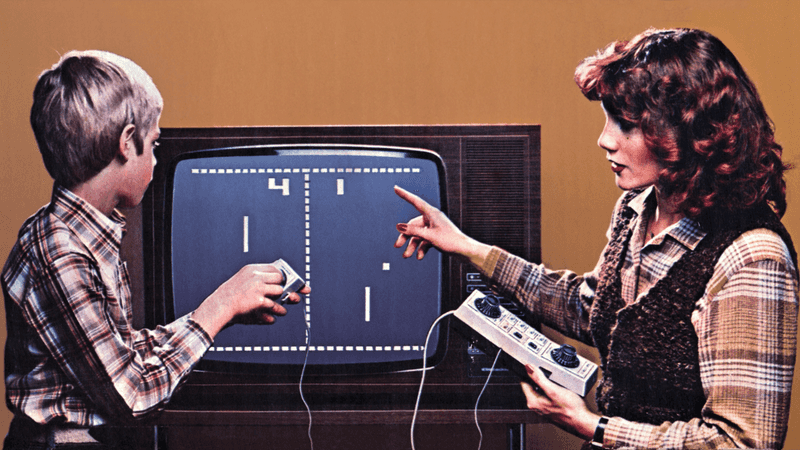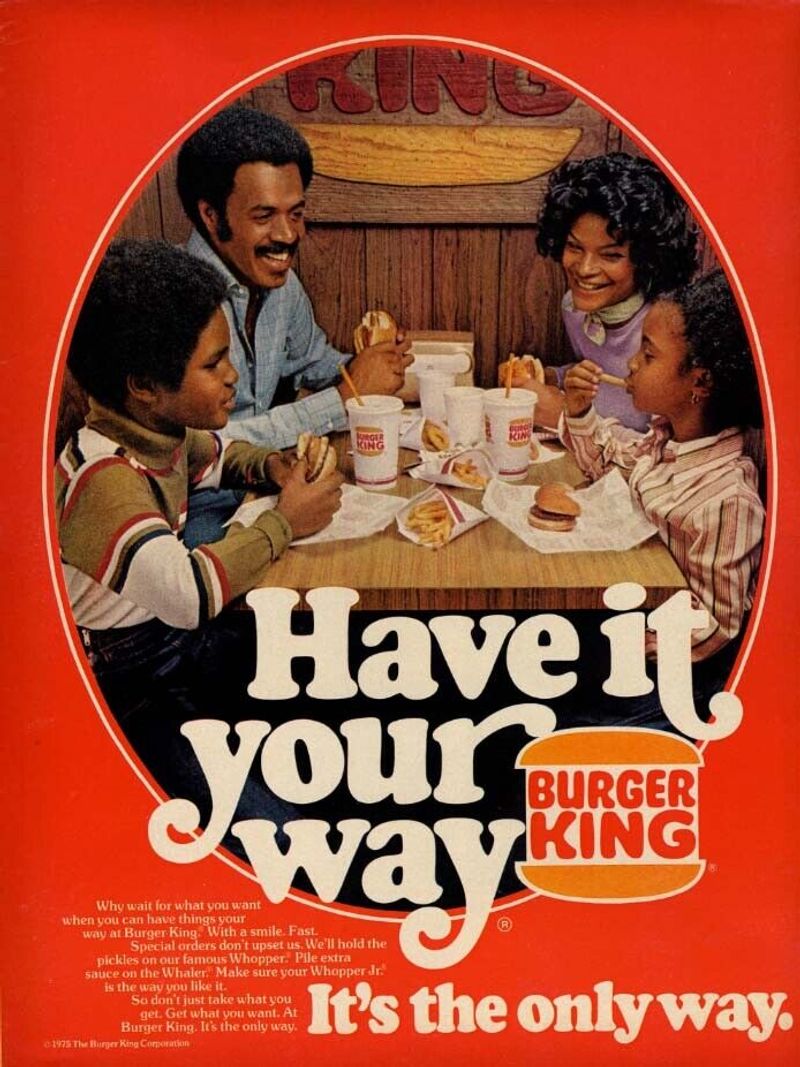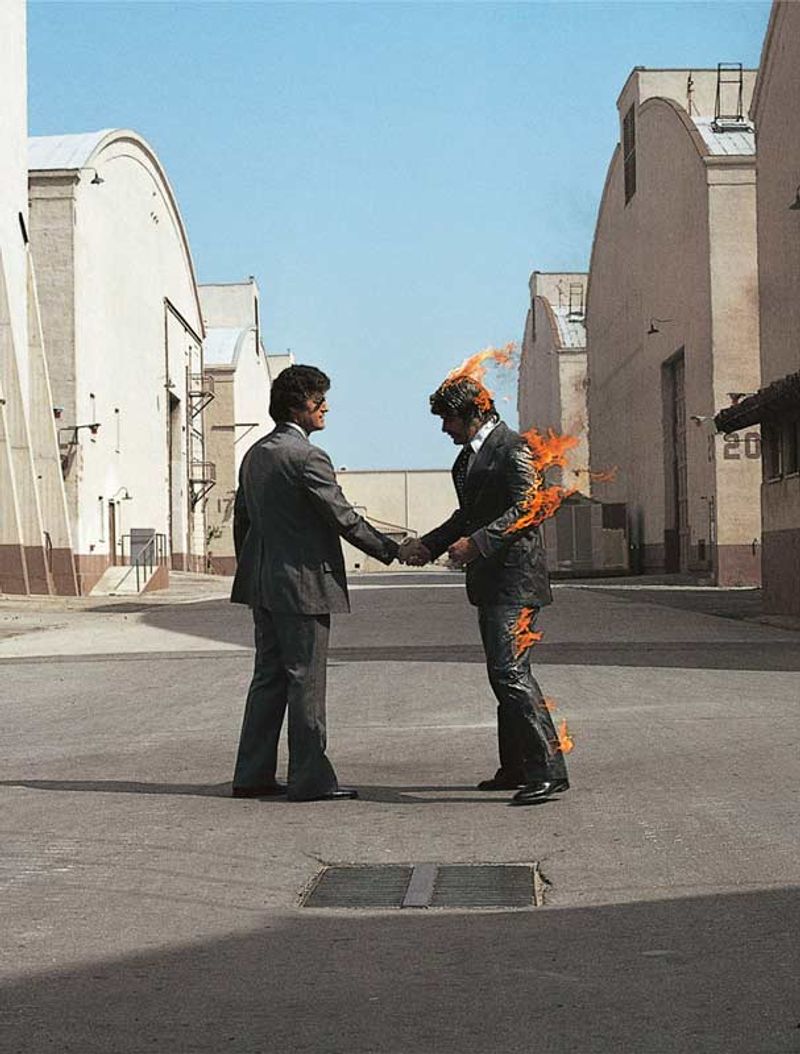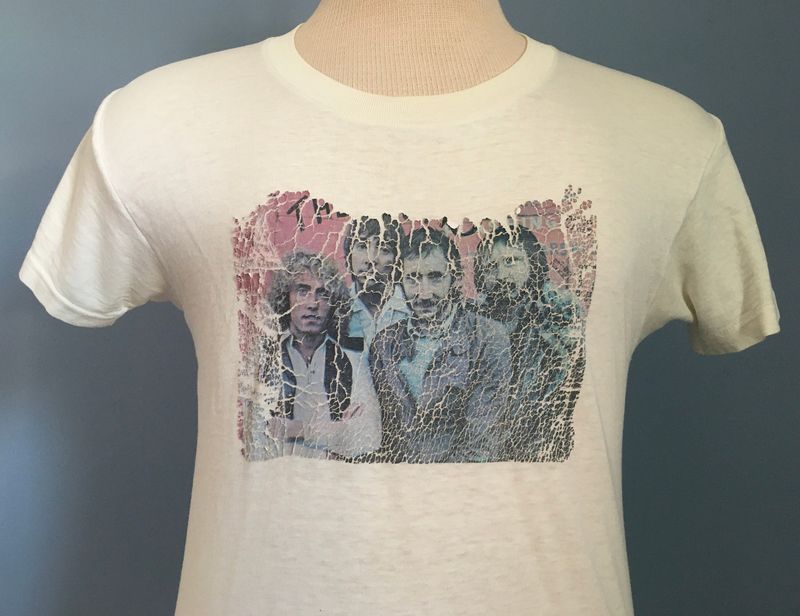The year 1975 was a time of innovation, cultural shifts, and quirky trends that left a lasting impact on society.
From the birth of iconic television shows to the rise of unusual fashion trends, 1975 was filled with events and phenomena that still intrigue and amuse us today.
Join us as we explore 20 fascinating facts that made 1975 a year to remember.
1. Saturday Night Live Premieres (October 11, 1975)
Saturday Night Live burst onto the scene in 1975, redefining comedic television forever. With an eclectic mix of satire, sketches, and musical performances, SNL quickly became a cultural staple. Led by an original cast including Chevy Chase, Gilda Radner, and Dan Aykroyd, the show’s irreverent humor and bold creativity captured audiences’ imaginations.
The debut episode featured celebrity guest George Carlin and set the tone for decades of comedic brilliance. For many, SNL was more than just a show; it was a Saturday night tradition that shaped how we view comedy and satire today.
2. Jaws Creates the First Summer Blockbuster
In 1975, Steven Spielberg’s Jaws took the world by storm, forever changing the landscape of cinema. As the first true summer blockbuster, it introduced audiences to the thrill of suspense on a massive scale. The film’s haunting score and terrifying shark attacks kept viewers on the edge of their seats.
Jaws was more than just a movie; it became a cultural phenomenon, inspiring fear of the ocean in many. The iconic line “You’re gonna need a bigger boat” entered the lexicon, symbolizing the film’s impact on popular culture.
3. Wheel of Fortune Debuts
The game show Wheel of Fortune premiered in 1975, captivating audiences with its unique blend of chance and word puzzles. Hosted by Chuck Woolery, the show quickly became a household favorite. Contestants spun a giant wheel to win prizes, solving puzzles along the way.
With its engaging format, Wheel of Fortune offered viewers a chance to participate from their living rooms. This interactive element helped establish the show’s enduring popularity, paving the way for future iterations with hosts like Pat Sajak. The excitement and suspense of each spin kept fans tuning in.
4. Queen Releases “Bohemian Rhapsody”
Queen’s “Bohemian Rhapsody” exploded onto the music scene in 1975, defying conventional song structure with its six-minute rock opera. Freddie Mercury’s powerful vocals and the song’s intricate harmonies captivated audiences worldwide. It quickly became an anthem, earning a place in rock history.
The song’s blend of opera, ballad, and hard rock was unprecedented, showcasing Queen’s musical genius. Despite initial skepticism, “Bohemian Rhapsody” climbed the charts, proving that innovation could triumph. Its lasting legacy continues to influence artists today, making it one of music’s most iconic pieces.
5. Betamax Hits the Market
In 1975, Sony introduced the Betamax video cassette recorder, sparking a technological revolution. The ability to record television shows for later viewing was groundbreaking, allowing people more control over their entertainment. Betamax promised higher video quality compared to its competitor, VHS.
However, the format war that ensued ultimately led to VHS’s dominance. Despite this, Betamax’s influence on home entertainment technology was profound. It paved the way for future innovations, forever changing how we consume media. The Betamax remains a symbol of early home video technology’s potential and pitfalls.
6. Mood Rings Hit Peak Popularity
Mood rings became a sensation in 1975, offering a whimsical way to gauge emotions through changing colors. These rings contained liquid crystals that reacted to temperature, supposedly reflecting the wearer’s mood. Whether revealing calm blue or passionate red, mood rings were a fun accessory that captured the era’s spirit.
They became an intriguing fashion statement among both teens and adults, embodying the playful and experimental vibe of the 1970s. Despite their pseudo-scientific basis, mood rings remain a nostalgic symbol of self-expression and the quirky trends that defined the decade.
7. The Pittsburgh Steelers Win Their First Super Bowl
The Pittsburgh Steelers celebrated a historic victory in 1975, winning their first Super Bowl by defeating the Minnesota Vikings in Super Bowl IX. This triumph marked the beginning of a dynasty, as the Steelers dominated the NFL for years to come with their formidable defense.
Their hard-hitting style and strategic prowess made them legends on the field. This win was more than a game; it was a celebration for Pittsburgh fans, igniting a passion that would fuel future successes. The Steelers’ rise to glory in the 1970s remains a cherished moment in sports history.
8. Rocky Horror Picture Show Bombs—Then Becomes a Cult Hit
When Rocky Horror Picture Show first hit theaters in 1975, it was met with lukewarm reviews and minimal success. Yet, something about its quirky characters and outlandish storyline resonated with audiences. Midnight screenings and audience participation transformed it into a cult phenomenon.
Fans flocked to theaters, dressed as their favorite characters and engaging in call-and-response interaction. Its unique blend of horror, comedy, and musical elements made it an enduring classic. Rocky Horror remains a testament to the power of audience-driven success and cult appeal, continuing to draw fans worldwide.
9. UFO Fever Sweeps the Nation
1975 was a year of extraterrestrial fascination, driven by a surge in UFO sightings and alien conspiracy theories. The Travis Walton abduction case, where Walton claimed to be taken by aliens, stirred public imagination. UFO fever gripped the nation, leading to increased interest in the unknown.
This era saw a proliferation of UFO-themed books and movies, feeding the curiosity of those intrigued by the possibility of life beyond Earth. The excitement and mystery surrounding UFOs in 1975 reflected society’s desire to explore the unexplained and push the boundaries of imagination.
10. Stephen King Publishes Salem’s Lot
Stephen King’s Salem’s Lot hit bookshelves in 1975, sinking its teeth into readers with its chilling vampire tale. Following his debut novel Carrie, King solidified his reputation as a master of horror. The book’s atmospheric setting and compelling characters captivated audiences.
Salem’s Lot brought a fresh take on the vampire genre, blending horror with small-town America. Its vivid imagery and suspenseful narrative drew readers into a world of fear and fascination. This novel not only showcased King’s storytelling prowess but also cemented his place in literary history.
11. The AMC Pacer is Released
The AMC Pacer made its debut in 1975, challenging traditional automotive design with its wide, rounded shape. Marketed as the “car of the future,” it offered a spacious interior and unique styling. Though opinions on its aesthetics varied, the Pacer quickly gained a cult following.
Its quirky appearance became an icon of 1970s automotive innovation. The Pacer’s popularity surged after being featured in the film Wayne’s World, solidifying its status as a cultural touchstone. This car’s unusual design still evokes nostalgia and admiration among car enthusiasts today.
12. Pet Rocks Sell Like Crazy
In 1975, the Pet Rock craze swept the nation, turning ordinary stones into extraordinary companions. Invented by Gary Dahl, these “pets” came in boxes with breathing holes and humorous instructions. People embraced the novelty, finding humor in the absurdity of pet ownership without responsibility.
The Pet Rock became a symbol of 1970s whimsy, with over a million sold. Its simplicity and tongue-in-cheek appeal gave it lasting charm. Though short-lived, the Pet Rock phenomenon revealed the power of clever marketing and a shared sense of humor among consumers.
13. Mood Lighting & Lava Lamps Dominate Bedrooms
The 1970s were a time of vibrant self-expression, and mood lighting became an essential element in home décor. Lava lamps, with their mesmerizing motion, were a staple in bedrooms, casting a warm and colorful glow. These lighting fixtures embodied the era’s love for psychedelic aesthetics.
Paired with shag rugs and iconic posters, lava lamps created a cozy, eclectic atmosphere. The trend reflected a desire for personalization and creativity in home environments. Mood lighting’s popularity endures, reminding us of an era defined by bold style and individuality.
14. Portable Transistor Radios Were Everywhere
In 1975, portable transistor radios were the soundtrack to daily life, offering music on the go. These compact devices allowed people to enjoy their favorite tunes while driving, picnicking, or relaxing at home. The freedom to take music anywhere was revolutionary.
Transistor radios symbolized independence and youthful freedom. Whether blasting disco or rock, they connected people through shared listening experiences. This technology paved the way for future portable audio innovations, making music a constant companion and enhancing the cultural fabric of the decade.
15. Vietnam War Officially Ends for the U.S.
In 1975, the Vietnam War reached its dramatic conclusion with the Fall of Saigon, marking the end of U.S. involvement. As North Vietnamese forces captured the city, helicopters carried out evacuations of Americans and South Vietnamese allies. This moment signaled a significant shift in global politics.
The war’s end brought relief and reflection, as the nation grappled with its impact. The Fall of Saigon remains a poignant symbol of the complexities of war and peace. This historical event continues to influence U.S. foreign policy and public perception today.
16. Microsoft Is Founded
In a small Albuquerque office in 1975, Bill Gates and Paul Allen founded Microsoft, setting the stage for technological transformation. Driven by a passion for computing, they envisioned a future where personal computers were accessible to everyone. This ambition laid the groundwork for a global tech revolution.
Though few recognized its potential at the time, Microsoft quickly grew into a powerhouse, shaping the future of software and innovation. Gates and Allen’s foresight and determination turned their dream into reality, leaving an indelible mark on the digital age.
17. Pong Still Reigned Supreme
In 1975, Pong was more than just a game; it was a cultural sensation. These simple, pixelated paddles and ball brought the excitement of arcade gaming into living rooms across the country. Pong consoles were a must-have for families, sparking endless hours of entertainment.
The game’s simplicity masked its innovation, setting the foundation for the future of home gaming. Pong’s influence extended beyond its gameplay, highlighting the potential of interactive entertainment. This classic game continues to be celebrated as a pioneer of the video game industry.
18. Fast Food Boom
The fast-food industry experienced explosive growth in 1975, with drive-thrus becoming a staple of American life. Burger King coined the slogan “Have it your way,” emphasizing customization and convenience. This marked a shift towards quick service and personalized dining experiences.
The expansion of fast-food chains mirrored societal changes, as busy lifestyles demanded efficient meal options. The boom reflected an era of consumer-driven innovation, shaping food culture for future generations. Fast food remains a testament to the evolving relationship between taste, time, and technology.
19. Pink Floyd’s Wish You Were Here Album Drops
Pink Floyd’s Wish You Were Here album, released in 1975, continued the band’s exploration of psychedelic rock. Its haunting melodies and introspective lyrics resonated deeply with fans, solidifying Pink Floyd’s status as musical innovators. The album paid tribute to former band member Syd Barrett.
With tracks like “Shine On You Crazy Diamond,” the album captured the essence of artistic expression and emotional depth. Wish You Were Here remains a timeless masterpiece, influencing countless musicians and listeners. Its legacy endures, symbolizing the power of music to evoke profound emotions.
20. Iron-On T-Shirts Were Hot
Iron-on t-shirts became a popular form of self-expression in 1975, allowing individuals to showcase their personalities and humor. With slogans like “Keep on Truckin’” or “I’m with Stupid →,” these shirts were a playful fashion trend that embraced creativity.
This DIY trend allowed people to personalize their clothing, making a statement without words. Iron-on t-shirts reflected the era’s embrace of individuality and innovation in fashion. They remain a nostalgic reminder of a time when fashion was fun, accessible, and a canvas for personal expression.
